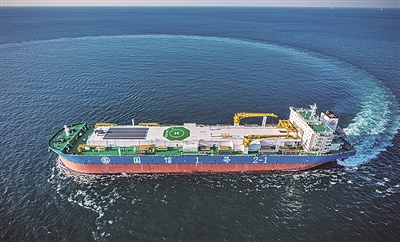Targeting "1+4+6": Building an International Comprehensive Transport Hub
发布时间:2024-11-28 信息来源:Qingdao Government
Following the State Council approval of the Territorial Spatial Planning of Qingdao City (2021-2035), the city released the draft of Qingdao Comprehensive Transport System Plan (2021-2035) for public consultation on November 26, marking a key component of Qingdao's spatial planning framework.
Qingdao aims to become an international comprehensive transport hub city by 2035 through the leveraging of transport flows to drive economic growth. The plan outlines one overarching goal—building a global transport hub—supported by four objectives: establishing an international shipping center, an international aviation hub, a national railway hub, and a world-class urban transit system. This "1+4+6" framework integrates six core transport systems—ports, airports, railways, highways, urban roads, and public transit—positioning Qingdao as a key nexus for east-west connectivity and land-sea global integration.
Qingdao will develop an international hub port and lead the world-class port cluster in the Shandong Peninsula to become a Northeast Asia shipping and logistics center, enhancing its role in global competition and resource allocation. The plan also seeks to strengthen Jiaodong International Airport's regional hub capabilities and reinforce its gateway functions to improve international connectivity, optimize transfer operations, and expand its regional influence. The city will also enhance its railway network and prioritize the development of coastal corridors to improve the regional intercity rail system and actively launch suburban rail services. Qingdao plans to strengthen its trunk highway network, centered on the city and extending across the Jiaodong economic region. The focus is on improving the capacity of national and provincial roads, integrating highways with urban roads, and establishing a unified road framework. The city will develop a "high-speed integrated, bay-centric, seven-horizontal, nine-vertical, multi-connected" metropolitan road network that includes better integration of expressways and urban roads, improving main road systems, and advancing secondary and local road construction. The goal is to build a modern transportation system that is efficient, convenient, green, smart, diverse, and sustainable, delivering world-class urban mobility services. A public transport network with urban rail as the core will also be constructed, supplemented by conventional bus services and auxiliary transit options. These systems will be closely coordinated and seamlessly connected, forming a multi-tiered, integrated public transportation framework.



